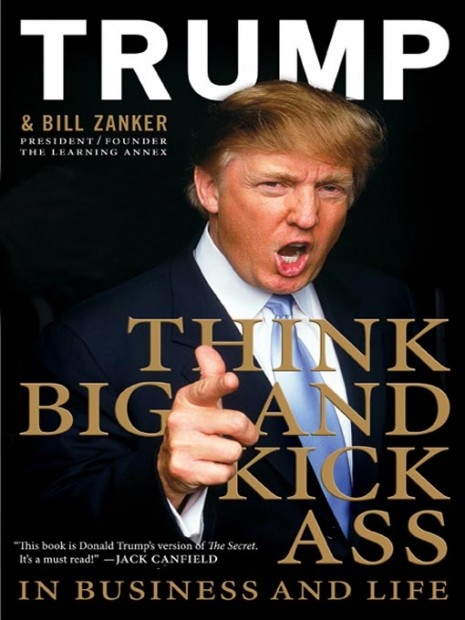
As if there even is a middle class to reach, anymore… The top 1% control nearly 40% of the wealth and according to the American Affluence Research Council, just 10% of U.S. households “account for almost half of the consumer spending”—an INCREDIBLE one-third of the total GDP!
Why would Madison Avenue want to bother with “the little people”? They haven’t got any money. If you can’t afford a solid gold Bugatti, you don’t exist to them. This is just another one of the almost imperceptible ways that the capitalist system skewers our reality tunnels, both collectively and individually and just fucks us up as a nation:
From Too Much.com:
The chain-smoking ad agency account execs of Mad Men, the hit cable TV series set in the early 1960s, all want to be rich some day. But these execs, professionally, couldn’t care less about the rich. They spend their nine-to-fives marketing to average Americans, not rich ones.
Mad Men’s real-life ad agency brethren, 50 years ago, behaved the exact same way — for an eminently common-sense reason: In mid-20th century America, the entire U.S. economy revolved around middle class households. The vast bulk of U.S. income sat in middle class pockets.
A small plutocracy of wealthy elites drives a larger and larger share of total consumer spending and has outsize purchasing influence. The rich back then, for ad execs, constituted an afterthought, a niche market.
Not anymore. Madison Avenue has now come full circle. The rich no longer rate as a niche. Marketing to the rich — and those about to gain that status — has become the only game that really counts.
“Mass affluence,” as a new white paper from Ad Age, the advertising industry’s top trade journal, has just declared, “is over.”
The Mad Men 1960s America — where average families dominated the consumer market — has totally disappeared, this Ad Age New Wave of Affluence study details. And Madison Avenue has moved on — to where the money sits.
And that money does not sit in average American pockets. The global economic recession, Ad Age relates, has thrown “a spotlight on the yawning divide between the richest Americans and everyone else.”
Taking inflation into account, Ad Age goes on to explain, the “incomes of most American workers have remained more or less static since the 1970s,” while “the income of the rich (and the very rich) has grown exponentially.”
The top 10 percent of American households, the trade journal adds, now account for nearly half of all consumer spending, and a disproportionate share of that spending comes from the top 10’s upper reaches.
“Simply put,” sums up Ad Age’s David Hirschman, “a small plutocracy of wealthy elites drives a larger and larger share of total consumer spending and has outsize purchasing influence — particularly in categories such as technology, financial services, travel, automotive, apparel, and personal care.”
Ya got that? Here’s the part where you might vomit in your mouth a little bit:
America as a whole, the new Ad Age study pauses to note, hasn’t quite caught up with the reality of this steep inequality. Americans still “like to believe in an egalitarian ideal of affluence” where “everyone has an equal shot” at “amassing a great fortune through dint of hard work and ingenuity.”
In actual life, the new Ad Age study points out, “the odds of someone’s worth amounting to $1 million dollars” have shrunk to “1 in 22.”
That’s right, so make sure to vote a straight Republican ticket so when you be makin’ that Donald Trump, 50 Cent or Kim Kardashian-level money, the damned IRS don’t come and take it all…
Via Daily Kos





